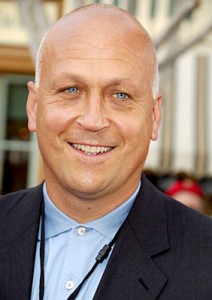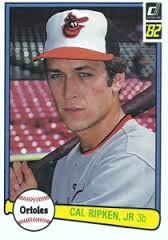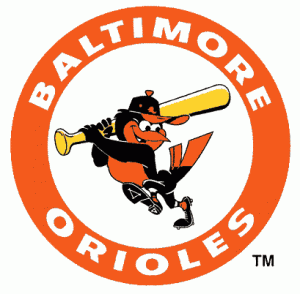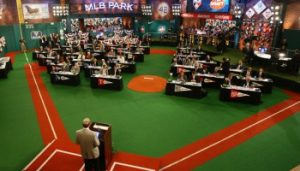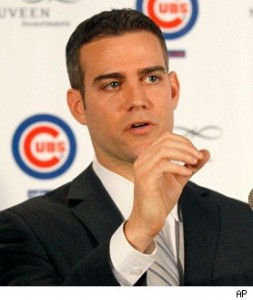It may not be draft season yet, but it is certainly draft talking season. And shortstops are to MLB Drafts, what centers are to NHL Drafts– they absolutely dominate.
At first glance, it may not make sense for a Major League Baseball organization to keep acquiring talent at the same position. Why acquire a bunch of shortstops, only to then move them around to other positions later?
For an answer to this query, I asked the man who was perhaps the greatest shortstop to ever play the game, Cal Ripken Jr.
“I kind of laugh because everyone was a shortstop at one point in their life,” said Ripken, during an analyst call for MLB on TBS.
“I think the recruiting for a lot of college teams, they’re looking for those athletic shortstops, because they think they can play other positions, and I think by and large it’s proved out to be true. I think it’s a really good problem to have.”
Cal Ripken, along with fellow TBS analysts Ron Darling and Pedro Martinez, were on teleconference with the national media to preview the MLB on TBS package.
Essentially, what Ripken is saying is an extrapolation of what you likely experienced playing little league baseball. The best kid pitches, and plays shortstop when he’s not pitching. The most talented kid holds it down at SS because so many balls are hit there. The worst kid was always stuck out in right field because that’s where the fewest balls were hit.
So through the amateur and developmental ranks, you see the same kind of phenomena regarding shortstops.
Obviously, not with right fielders though. You can hide at that position in little league, but clearly that’s not the case when you get to play real baseball. Later on the call, Darling was discussing a different topic, but he threw in this comment:
“This goes back to Cal’s saying that everybody starts as a shortstop- I did too. Just lack of talent pushed me somewhere else.”
Naturally, the greater and more important question here is what Major League clubs do with all their shortstops over time. How do they make sure that everyone will fit?
This was a critical component to how the Theo Epstein/Jed Hoyer regime rebuilt the Chicago Cubs and ended the World Series title drought. Their drafting strategy was to gravitate towards a concentration of the best overall talent in the infield; specifically, the shortstop position.
Then, as the players developed through the farm system, the Cubs either moved them around to a different position or traded them to another club for a player that specifically fit a positional need.
“They are all really, really talented players,” Cal Ripken said of the strategy at the time.
“You have to find a mix and match to get them to all play together. I think all teams would be lucky to have those choices.”
It’s a blue print that other ball clubs can easily follow, and some are indeed implementing now.
Paul M. Banks is the owner/manager of The Sports Bank. He’s also the author of “Transatlantic Passage: How the English Premier League Redefined Soccer in America,” and “No, I Can’t Get You Free Tickets: Lessons Learned From a Life in the Sports Media Industry.”
He’s written for numerous publications, including the New York Daily News, Sports Illustrated and the Chicago Tribune. He regularly appears on NTD News and WGN News Now. Follow the website on Twitter and Instagram.
